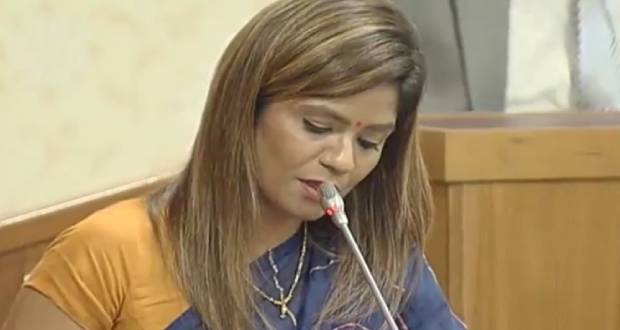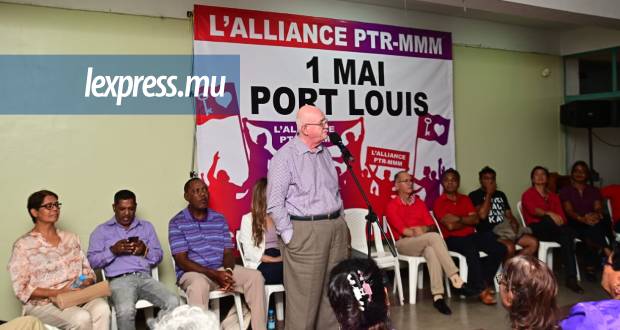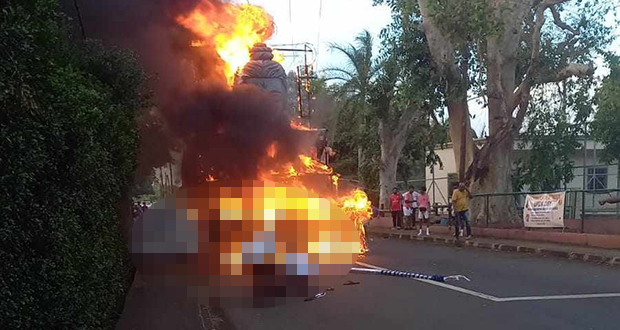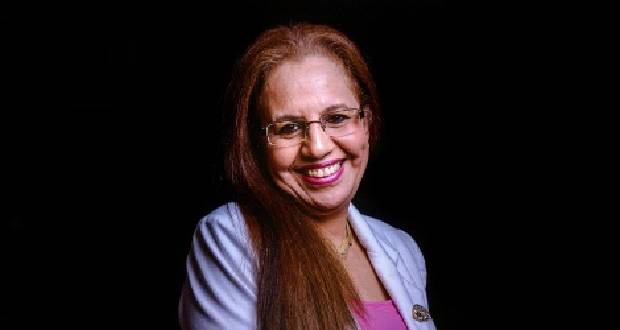Publicité
Dependent central bank
Par
Partager cet article
Dependent central bank

Never before had the Bank of Mauritius (BoM) stooped to misleading the citizens of the country. Its top management and board have succeeded in making a once-respected central bank become a politicised subordinate institution. From the failed objective of “monetary stability”, through the illconceived Mauritius Investment Corporation (MIC), to funding a Rs 60 billion grant by issuing BoM instruments (liabilities) with no assets to offset, the governor, his deputies and directors have been stooges of power politics rather than voices of economic reason. And with its public statement that an advance to government “is not a loan”, our central bank has, to quote Sushil Khushiram, “cast away its last remaining shred of independence.”
Central banks had been an instrument for finance ministries. Since the 1990s, however, most countries have converged around the idea that central banks should be independent of the governments with whom they work, in other words that they should be in control of monetary policy with a clear separation from fiscal policy. It was not until the advent of the Bank of Mauritius Act 2004 that independence was granted to our central bank whereby “in the exercise of its functions, the Board shall not be subject to the direction or control of any other person or authority.”
The global financial crisis of 2008 led to central banks resorting to “unconventional monetary measures” to fight the Great Recession. One of them is quantitative easing (QE), under which the central bank purchases bonds on the secondary bond market, thereby injecting liquidity in the economy but at market prices. When Covid-19 came, the Bank of England, through its Asset Purchase Facility, bought UK government debt which still remained part of public debt.
To say that Mauritius is doing the same as other countries is untrue. The BoM has never engaged in QE but has simply thrown out pure helicopter money. The comparison with the Reserve Bank of India (RBI) is inappropriate. The latter is not monetising the budget deficit, but is buying 350 billion rupees of bonds under the Government Securities Acquisition Programme and providing banks with liquidity via repurchase operations for on-lending.
A few years ago, the RBI transferred part of its equity to the government of India, but only after a truly independent commission had determined, on the basis of a capital adequacy analysis which included stress tests, that the central bank had excess capital. This is not the case with the BoM as the composition of its Special Reserve Fund (SRF) is overwhelmingly composed of valuation changes in its foreign currency reserves.
Through a deliberate policy of rupee depreciation, the BoM has been raising seigniorage (profit made by issuing currency) to make transfers to fiscal authorities and to prevent its equity capital from turning negative. The IMF Government Finance Statistics Manual clearly states that any transfer from the central bank to finance the government deficit should be treated as a financing item. This rule was respected when Rs 18 billion were transferred from the SRF in December 2019. It therefore defies logic to include in government revenue the transfer of Rs 32 billion charged to the SRF (as part of the Rs 60 billion contribution).
As regards the remaining Rs 28 billion reckoned as advance against future profits of the BoM distributable to government, it is a refundable advance and as such a loan. If that amount was structured as a perpetual bond, it could have been treated as equity. Now that the BoM feels obliged to make profits to reimburse itself, this can impede its performance in monetary management. While it is not good for a central bank to be lossmaking, it should not aim at profit maximisation and overlook its duty to mop up excess liquidity on the money market.
The BoM is also unique in that no other central bank has ever created a wholly-owned on-balance-sheet subsidiary to bail out businesses with funds obtained by selling international reserves. It now happens that the MIC is funded with Rs 1 billion in equity and Rs 79 billion in debt: it has a capital structure with a 79 to 1 leverage ratio, unseen elsewhere in the world! With such high risks, the MIC will invest not only in distressed private companies but also in public development projects like drains that generate zero cash flows, and from which it cannot exit. In the event that this highly leveraged investment entity does not fully pay back its loans, this will destroy the balance sheet of the BoM.
The latter’s capital and reserves are today inadequate to cover the credit, foreign exchange, liquidity, operational and contingency risks the BoM faces. With a balance sheet intrinsically linked to a weaker rupee, the BoM cannot achieve price stability by allowing the rupee to appreciate, or the interest rate to rise meaningfully. Unable to act as a check on excessive government spending, our dependent central bank is no more credible.
Publicité






